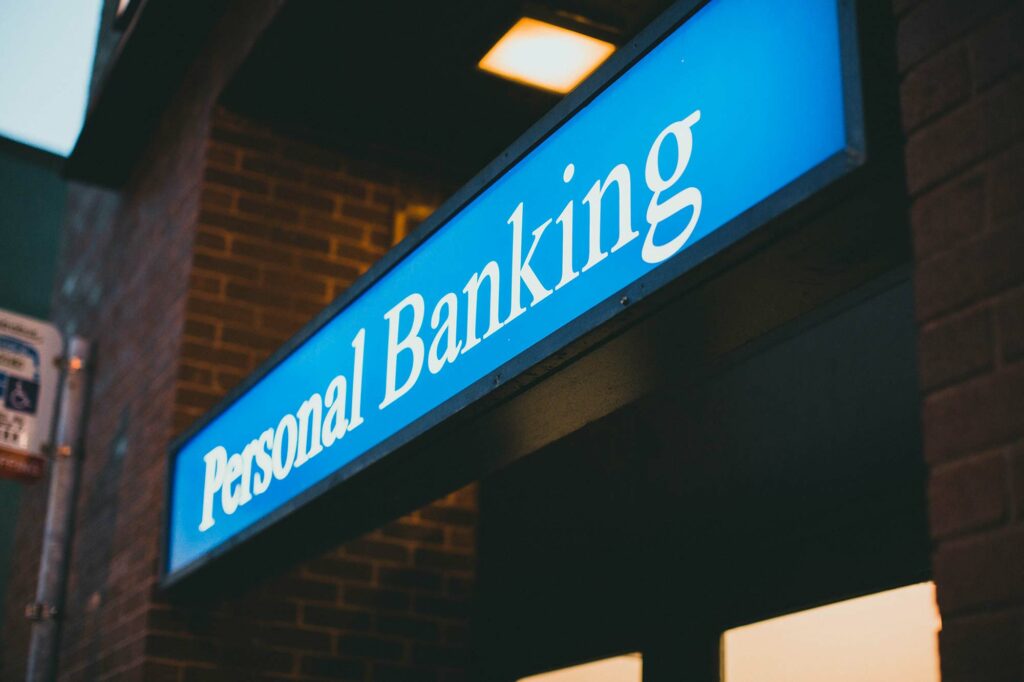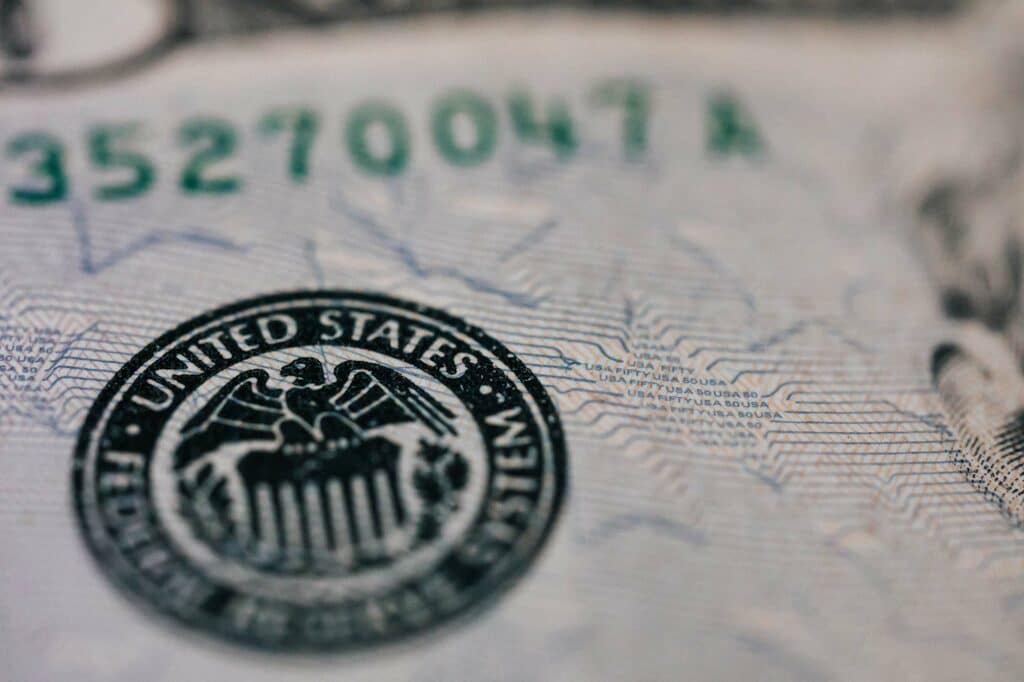Bank Earnings: Stick with Buffett
The latest bank earnings season highlighted the difference between the banks that rely on deal-making (Goldman Sachs and Morgan Stanley) versus those that are deposit banks that rely more on U.S. consumers and businesses (Bank of America, JPMorgan, Wells Fargo, Citibank).
Deposit banks are in a generally better position to earn greater margins on the vast piles of customers’ funds at their banks. This came through during the earnings calls. While there was nervousness over the direction of a falling U.S. housing market, and its impact on banks’ balance sheets, executives’ comments were notable for the insistence that they were not seeing any signs of consumer weakness.
Let’s take a look at the best deposit bank – one that’s backed by Warren Buffett’s himself…
It’s a Good Time to Be a Bank
The large nationwide U.S. banks are benefiting from the Federal Reserve’s policy of increasing interest rates to combat inflation. They are charging more for consumer loans and corporate lines of credit, without offering their customers significantly better rates on deposits.
These banks are experiencing higher demand for their lending products as companies tap credit lines to prepare for a possible economic slowdown, and consumers borrow on their credit cards to make ends meet.
This was clearly shown in the latest results, which were boosted by net interest income (NII) — the difference in what they pay on deposits and earn from loans and other assets. To be blunt, handling money for the masses remains a bright spot for America’s biggest banks.
At JPMorgan, Wells Fargo and Citibank, credit card purchases grew 18% on average, and card loan balances rose 17%.
Net interest income at JPMorgan and Wells Fargo jumped by more than a third and by 18% at Citibank, amid the revival in loan demand and higher interest rates. JPMorgan reported NII of $17.6 billion in the third quarter, up 34% year-on-year and a new record for the bank. And both Wells Fargo and Citibank reported their best NII numbers since 2019.
And the outlook going forward is still rosy. Both JPMorgan and Wells increased their full-year guidance for NII. JPMorgan is now forecasting that its NII for 2022 will rise around 38% this year, while Wells Fargo says it will rise 24% year on year. Citibank expects its NII to grow by $1.5 billion to $1.8 billion in the fourth quarter.
So which of the major U.S. banks is the better investment? Why not go with the one that Warren Buffett made a major investment into earlier this year?
Buffett and Citibank
Buffett is deeply familiar with the banking and financial services industry. He believes it’s a relatively straightforward business and one that can be extremely lucrative if it is well managed.
While Buffett has unloaded some of his other bank stock holdings, he added a new bank to his collection this year: Citigroup. During the first quarter of 2022, he added 55 million shares ($2.5 billion) of Citigroup at $44 a share to the Berkshire Hathaway portfolio.
Apparently, Buffett is betting on a turnaround story at the bank. So far, at current prices, Buffett’s return on investment is about 10%, excluding dividends.
Buffett is not alone. Morningstar rates Citibank as its top pick in the sector, saying “the bank is trading in deep value territory”.
And indeed, Citibank is in deep value territory, lagging badly behind its peers. Over the past five years, the stock is down over 31%. For comparison, the SPDR S&P Bank ETF (KBE) is up 9%. The beating the stock has taken has made it cheap, which Buffett loves. Citibank shares are trading at little over half of the tangible book value of $80.
The company is now attempting to resurrect its fortunes. Last year, Citibank’s board appointed Jane Fraser as the new CEO — making her the first female leader of a major U.S. bank.
At its Investor Day in March 2022, Citibank outlined plans to achieve an 11%-12% return on tangible common equity over the medium term. It highlighted its focus on five interconnected businesses: Services (treasury & trade solutions), Markets (fixed income and equities), Banking (investment banking, corporate banking and commercial banking), Global Wealth Management (Citi private bank and wealth management), and US Personal Banking (branded credit cards, retail services and retail banking).
The bank’s best-performing business is its institutional clients group, where the bank’s commercial banking and capital markets operations have scale and a unique global footprint that few can replicate. Its global presence differentiates the bank from all of its U.S.-based peers, and its wide geographical footprint should help Citibank remain the bank of choice for multinational companies.
Citibank: Buffett Value Play
Like Buffett, you will have to be patient with Citibank. There remains a long road ahead for the bank to grind through the many steps of its turnaround. But it is simply too cheap to ignore.
While you are waiting, you can collect a nice dividend from Citibank. It currently pays a quarterly dividend of $0.51 a share, for a yield of 4.16%.
The stock is a speculative (waiting for the turnaround) buy anywhere below $50 per share.
That’s what my old coworker told me years ago. I listened up because he was the most successful broker I ever worked with. And also incredibly lazy. He found a small niche in the market no one talks about and made enough to buy in the most expensive zip code in Maryland. Here’s what he invested in.
Bank Earnings: Stick with Buffett Read More »











